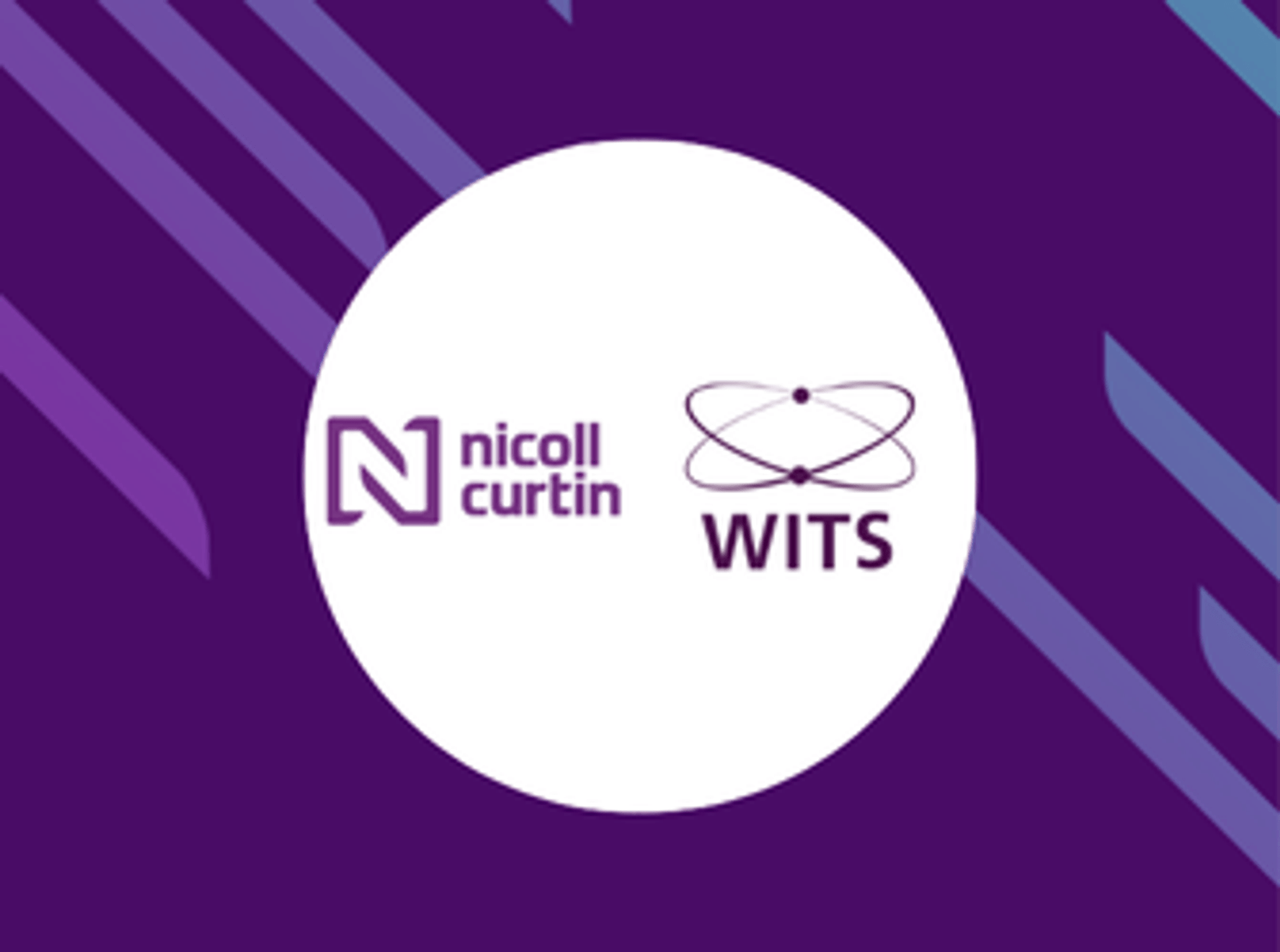Data engineers are taking on a more strategic role, building the infrastructure that powers intelligent systems and adapting their skills to meet the unique demands of AI. In addition to managing pipelines, they design scalable ecosystems that make machine learning faster and more efficient. As companies invest more in AI, these skills are increasingly in demand, making it important for companies to understand not just the technology but also the talent needed to build effective AI teams.
With 65% of organisations already using or exploring AI in data and analytics, investment in these technologies is creating opportunities for professionals to upskill in areas such as MLOps, cloud architecture, and real-time data processing. These technical skills, combined with strong collaboration and problem-solving capabilities, enable data engineers to work more effectively with product teams and business stakeholders.
Here’s how data engineers are driving AI projects from concept to production.
1. Designing the AI data pipeline
Every AI project relies on a strong data pipeline, which automates the process from gathering data to training models. Data engineers rely on tools such as Apache Airflow and Prefect to automate workflow scheduling and handle dependencies. For real-time applications, Apache Kafka and AWS Kinesis support high-throughput data streaming. Well-designed pipelines help organisations use their data effectively, ensuring AI projects run smoothly and deliver tangible business outcomes.
The ability to design these pipelines also requires strong coding skills in Python, SQL, and occasionally Scala, as well as familiarity with distributed systems, and a deep understanding of data modelling and optimisation. Once the architecture is in place, the next challenge is making the data itself ready for machine learning.
2. Preparing data for machine learning
Before a model can learn, its data needs cleaning, transformation, and enrichment. To structure raw inputs into model-ready datasets, professionals use tools like Apache Spark, dbt, and Pandas, to carry out tasks such as feature engineering, data normalisation, and outlier detection.
This stage demands precision and curiosity. Engineers work closely with data scientists to understand what features the model needs and ensure they’re derived from trustworthy, up-to-date sources. It’s this combination of technical skill and teamwork that allows technology companies to turn data into insights efficiently.
However, preparing data at scale brings unique challenges, which is why modern ETL approaches are key to delivering effective solutions.
3. Scaling data workflows with modern ETL
As the scale and complexity of AI increase, traditional Extract, Transform, Load (ETL) for AI/ML workflows have also evolved. Due to this, the focus has shifted to building flexible, cloud-native systems using platforms such as Databricks, Snowflake, and Google BigQuery. These tools are capable of handling both structured and unstructured data at scale.
They also manage dynamic schema changes, continuous data integration, and performance tuning skills that go beyond legacy ETL and into the territory of modern platform engineering.
Charlie Adey, our Consultant for the US market, notes that in finance, AI and machine learning (AI/ML) are seen as powerful complements to traditional analysis. Hedge fund managers, for example, use AI/ML to spot patterns in large datasets, enhance predictive models, and optimise trade execution. Companies benefit most when their teams include experts who understand MLOps workflows, ensuring AI models remain reliable and scalable and deliver business impact.
With this infrastructure in place, the final step is ensuring models move smoothly from development into production and stay reliable there.
4. Embedding pipelines into MLOps for production
MLOps has expanded the role of data engineers to include deploying, monitoring, and retraining models automatically, often with the help of tools like MLflow, DVC, and Kubeflow.
They also work with containerisation platforms like Docker, define infrastructure as code via Terraform, and contribute to version control systems for both data and models, bridging development and operations in machine learning environments.
Hiring managers should prioritise candidates who understand MLOps workflows, as these professionals ensure AI models remain reliable and scalable, directly impacting business outcomes.
By integrating data engineering into MLOps, organisations can maintain high-performing AI systems that adapt to changing data, business needs, and market conditions.









